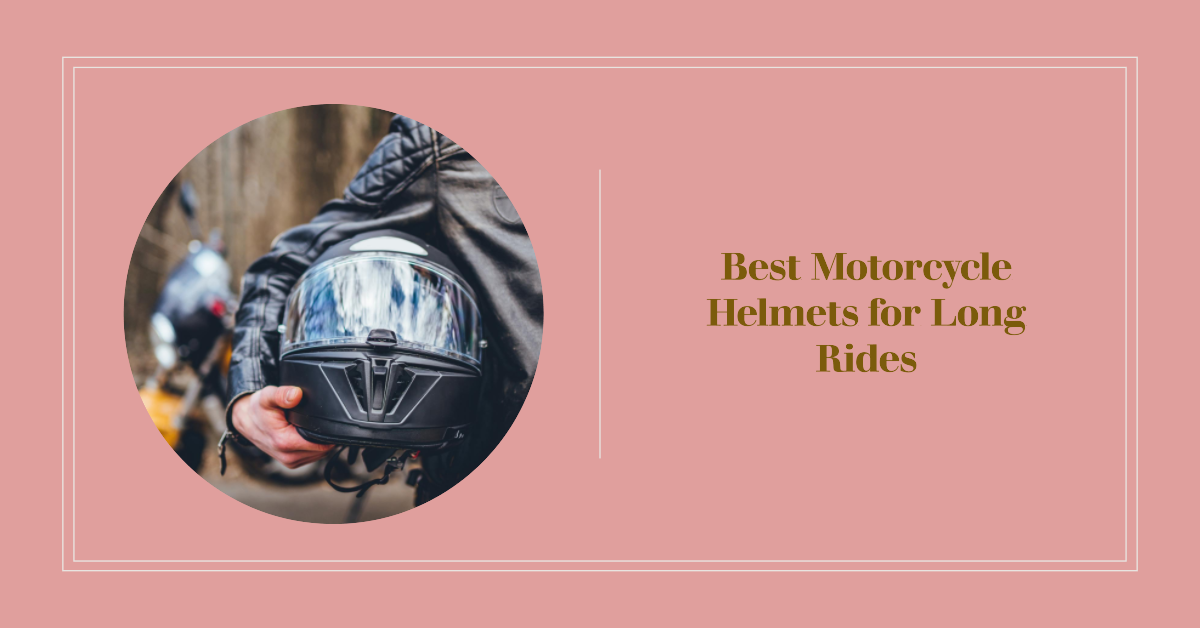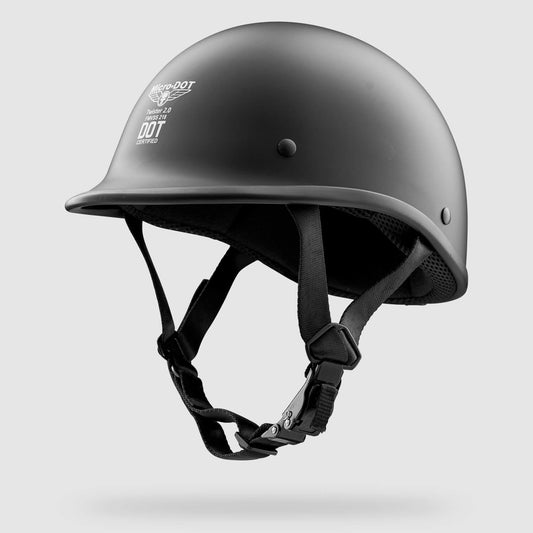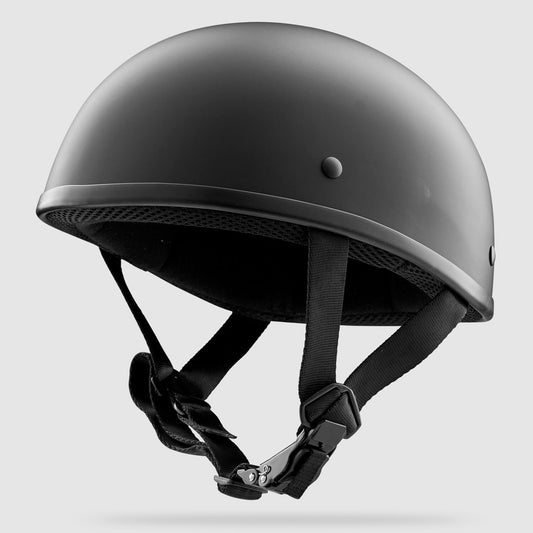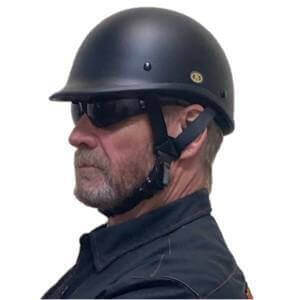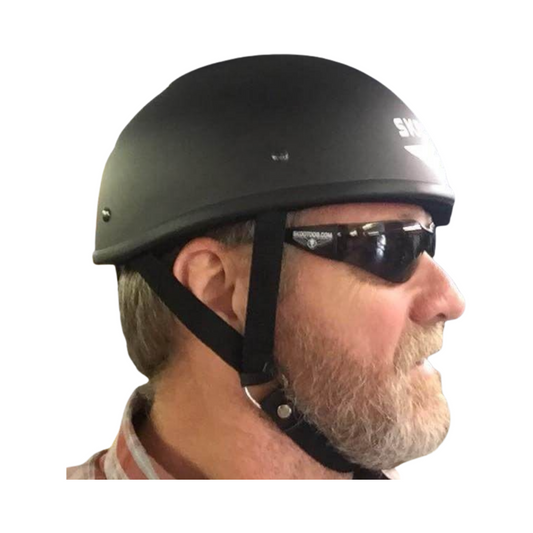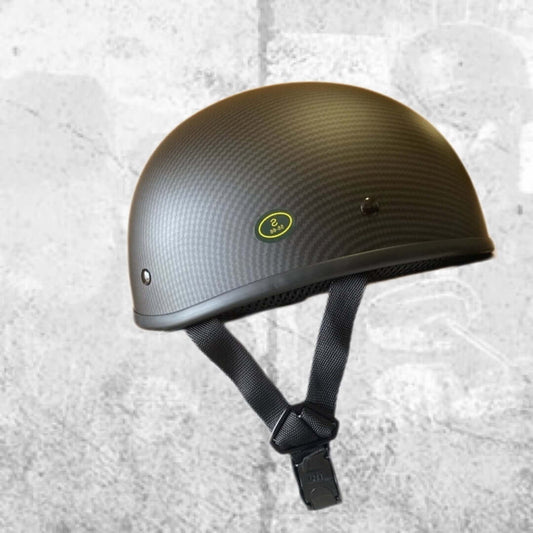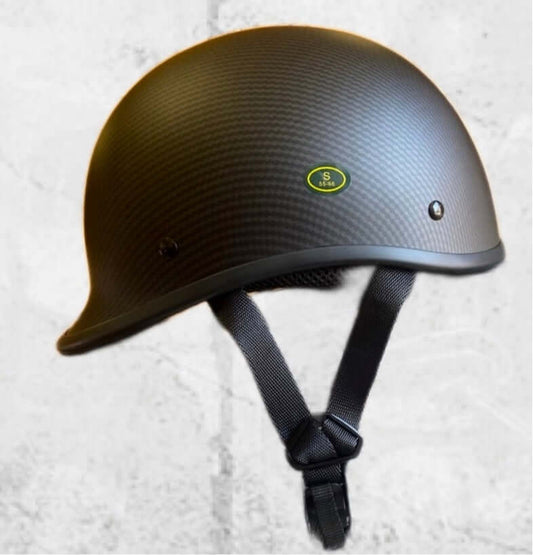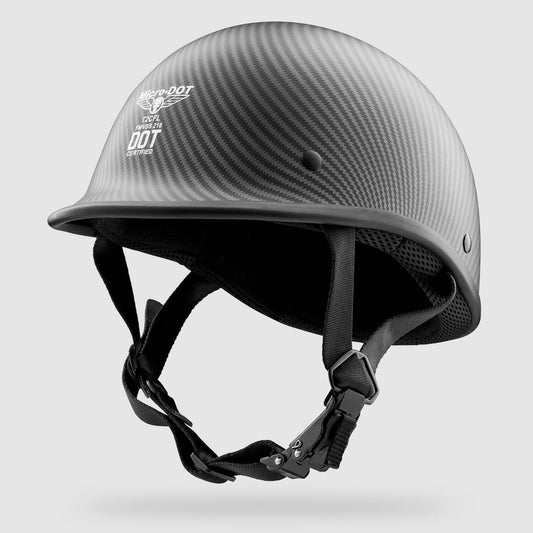This article delves into the essentials of legal motorcycle riding gear, emphasizing the importance of DOT-compliant helmets, protective apparel, and safety standards. From helmets that absorb impact to clothing designed for visibility and weather protection, we cover the gamut of gear that every rider should consider. Additionally, we touch upon the significance of regular motorcycle maintenance and the role it plays in ensuring a safe ride.
Table of Contents
- Helmets: Your First Line of Defense
- Eye and Ear Protection: More Than Just Comfort
- Clothing: More Than Just Style
- Visibility: Stand Out for the Right Reasons
- Weather Protection: Gear Up for All Conditions
- Additional Gear: Beyond the Basics
- Safety Standards: Ensuring Compliance and Safety
- Additional Considerations: Enhancing the Riding Experience
- Motorcycle Maintenance: Ensuring a Safe Ride Every Time
- FAQ: Legal Motorcycle Riding Gear
Helmets: Your First Line of Defense
When it comes to motorcycle safety, the first thing that probably comes to mind is a helmet. And rightly so. A helmet is designed to absorb impact and protect against head injuries. But not all helmets are created equal.
For a helmet to be legally compliant in the U.S., it needs to be DOT (Department of Transportation) compliant. This certification ensures that the helmet meets specific standards set by the DOT, primarily focusing on its ability to protect the rider's head during an impact.
There are various types of helmets available, such as full-face, half shell, and three quarters. Each offers a different level of protection. For instance, a full-face helmet not only protects the skull but also comes with a visor/shield that offers eye protection.
Did You Know? Helmets with visors or shields can protect riders from harmful UV rays, debris, and even insects. They also play a crucial role in reducing wind noise, which can be detrimental to a rider's hearing over time.
Eye and Ear Protection: More Than Just Comfort
While a helmet with a visor can offer some level of eye protection, it's often recommended to supplement this with additional gear like goggles or shatterproof glasses. These are especially crucial for those who prefer helmets without built-in visors. Clear lenses are recommended for night riding, ensuring optimal visibility.
For those who ride frequently or for extended periods, ear protection becomes essential. Riding a motorcycle exposes one to harmful noise levels, which can lead to hearing loss over time. Foam plugs or custom earplugs can be a game-changer, ensuring you protect your hearing without compromising the joy of the ride.
Clothing: More Than Just Style
When you're on a motorcycle, your clothing does more than just make a fashion statement. Jackets, whether made of leather, denim, or nylon, offer protection against the elements and potential road rash. Many jackets come with reflective material, enhancing visibility during low light conditions. Microdot's collection includes a range of protective apparel designed with the rider's safety in mind.
Long pants, preferably made of heavy materials like denim or incorporated with chaps, protect the legs. Gloves, especially full-fingered leather ones, offer grip and shield the hands from potential injuries. Over-the-ankle boots provide ankle support and protection against potential foot injuries.
Visibility: Stand Out for the Right Reasons
Brightly colored gear and reflective clothing aren't just fashion statements. They play a crucial role in ensuring that other road users can see you, especially during low light conditions or foggy weather.
Weather Protection: Gear Up for All Conditions
Riding a motorcycle exposes you to the whims of Mother Nature. Whether it's the scorching sun, a sudden downpour, or the biting cold, being prepared with the right gear can make your ride comfortable and safe.
Rain Gear
Getting caught in the rain while on a motorcycle can be more than just uncomfortable; it can be dangerous. Wet roads increase the risk of skidding, and rain can reduce visibility. Investing in a good quality rain suit is essential. These suits are designed to be worn over your regular riding gear, ensuring you stay dry without compromising on safety.
Layered Clothing for Cold Weather
When temperatures drop, layering becomes crucial. Layered clothing traps air, which acts as an insulator, keeping you warm. Start with a moisture-wicking base layer to keep sweat away from your skin. Add an insulating layer like a fleece or wool sweater, and top it off with a windproof and waterproof outer layer. Don't forget to protect your extremities – insulated gloves and thermal socks are a must.
Pro Tip: Always carry a set of warm gloves and a neck warmer. These small items can make a significant difference in comfort during unexpected cold snaps.
Additional Gear: Beyond the Basics
While helmets, jackets, and boots are the staples of motorcycle gear, there are additional items that can enhance your safety and comfort on the road:
-
Face and Eye Protection: Even if your helmet has a visor, carrying an extra face shield or a pair of shatterproof glasses can be beneficial. They offer protection against debris, bugs, and the elements.
-
Protective Apparel: Consider investing in jackets with built-in body armor, heavy pants, and closed-toe boots. These items offer additional protection against potential injuries. For instance, Microdot's range of protective gear is designed with the rider's safety as a priority.
-
Full-fingered Leather Gloves: These gloves offer better grip and protection compared to their half-fingered counterparts. They shield the hands from potential abrasions and provide warmth during colder rides.
Safety Standards: Ensuring Compliance and Safety
When choosing motorcycle gear, it's essential to ensure that they meet established safety standards. For helmets, being U.S. DOT compliant is a must. This certification ensures that the helmet has undergone rigorous testing and meets the safety standards set by the Department of Transportation.
Another standard to be aware of is the FMVSS (Federal Motor Vehicle Safety Standard) 218. This standard pertains to helmets and ensures they provide a specific level of protection.
Additional Considerations: Enhancing the Riding Experience
-
Avoiding Dehydration: Riding can be dehydrating, especially during hot weather. Always carry water and take regular breaks to stay hydrated.
-
Protection from Sun/Wind Burn: Use sunscreen, especially on exposed areas like the face and neck. Windburn can be just as damaging as sunburn.
-
Resistance to Tearing or Ballooning at High Speeds: Ensure your gear is designed to withstand high speeds. Gear that balloons or tears can be distracting and dangerous.
Motorcycle Maintenance: Ensuring a Safe Ride Every Time
While having the right gear is crucial, ensuring your motorcycle is in top condition is equally important. A well-maintained bike not only offers a smoother ride but also reduces the risk of accidents caused by mechanical failures.
Regular Checks: The Key to Longevity
Just like any other machine, motorcycles benefit from regular check-ups. Before every ride, it's a good practice to perform a quick inspection:
-
Tires: Check for any visible damage, ensure they're inflated to the recommended pressure, and have adequate tread depth. A well-maintained tire ensures better grip and stability. Dive deeper into tire maintenance with this comprehensive guide.
-
Brakes: Ensure they're responsive and the brake fluid is at the recommended level.
-
Lights: Check all lights, including headlights, brake lights, and indicators, to ensure they're functioning correctly.
-
Controls: Familiarize yourself with all the controls, especially if you're riding a new or unfamiliar motorcycle. A quick refresher can make a significant difference, as highlighted in this step-by-step guide to getting your motorcycle license.
Safe Riding Condition: More Than Just Mechanics
Ensuring your motorcycle is in a safe riding condition goes beyond just mechanical checks. It also involves understanding the bike's handling, being aware of any quirks, and addressing any issues promptly.
FAQ: Legal Motorcycle Riding Gear
1. Why is DOT certification important for helmets?
DOT (Department of Transportation) certification ensures that a helmet meets specific safety standards set by the U.S. government. Helmets that are DOT-certified have undergone rigorous testing to ensure they can protect riders effectively in the event of an impact.
2. Are there legal penalties for not wearing DOT-approved helmets?
Yes, many states have helmet laws that require riders to wear DOT-approved helmets. Failing to do so can result in fines, and in some cases, additional penalties.
3. Can I use a tinted visor during night rides?
It's recommended to use clear visors or lenses for night riding. Tinted visors can reduce visibility in low-light conditions, increasing the risk of accidents.
4. How often should I replace my motorcycle helmet?
Even if it hasn't been involved in an accident, it's generally recommended to replace your helmet every 3-5 years. Over time, the materials can degrade, reducing the helmet's effectiveness in protecting against impacts.
5. Is it legal to wear earbuds or headphones while riding?
Laws vary by state. While some states allow earbuds or headphones for music, most prohibit their use for phone calls. It's essential to check local regulations and always prioritize safety.
6. Are leather jackets better than textile jackets for protection?
Both leather and textile jackets offer protection, but they serve different purposes. Leather is more abrasion-resistant, making it suitable for high-speed rides. Textile jackets can be more versatile, often coming with weatherproofing and better ventilation options.
7. Do all motorcycle gloves offer the same level of protection?
No, gloves vary in terms of protection. Full-fingered leather gloves with reinforced palms and knuckles offer the best protection against abrasions and impacts.
8. How can I ensure my gear is visible at night?
Opt for gear with reflective patches or strips. Brightly colored gear can also enhance visibility during the day. Some riders also add reflective tape to their bikes and helmets for added visibility.
9. Are there specific boots for motorcycle riding?
Yes, motorcycle-specific boots offer protection for the unique challenges riders face. They often have reinforced toes and heels, ankle protection, and oil-resistant soles for better grip.
10. How do I know if my gear is still effective after a minor accident?
After any accident, it's essential to inspect your gear thoroughly. Look for any signs of damage, such as cracks, tears, or abrasions. Even if the damage seems minor, it's often best to replace the gear to ensure maximum protection during future rides.
Thank you for joining us on this journey into the world of legal motorcycle riding gear. Ride with pride, but more importantly, ride with safety in mind. Safe travels!



